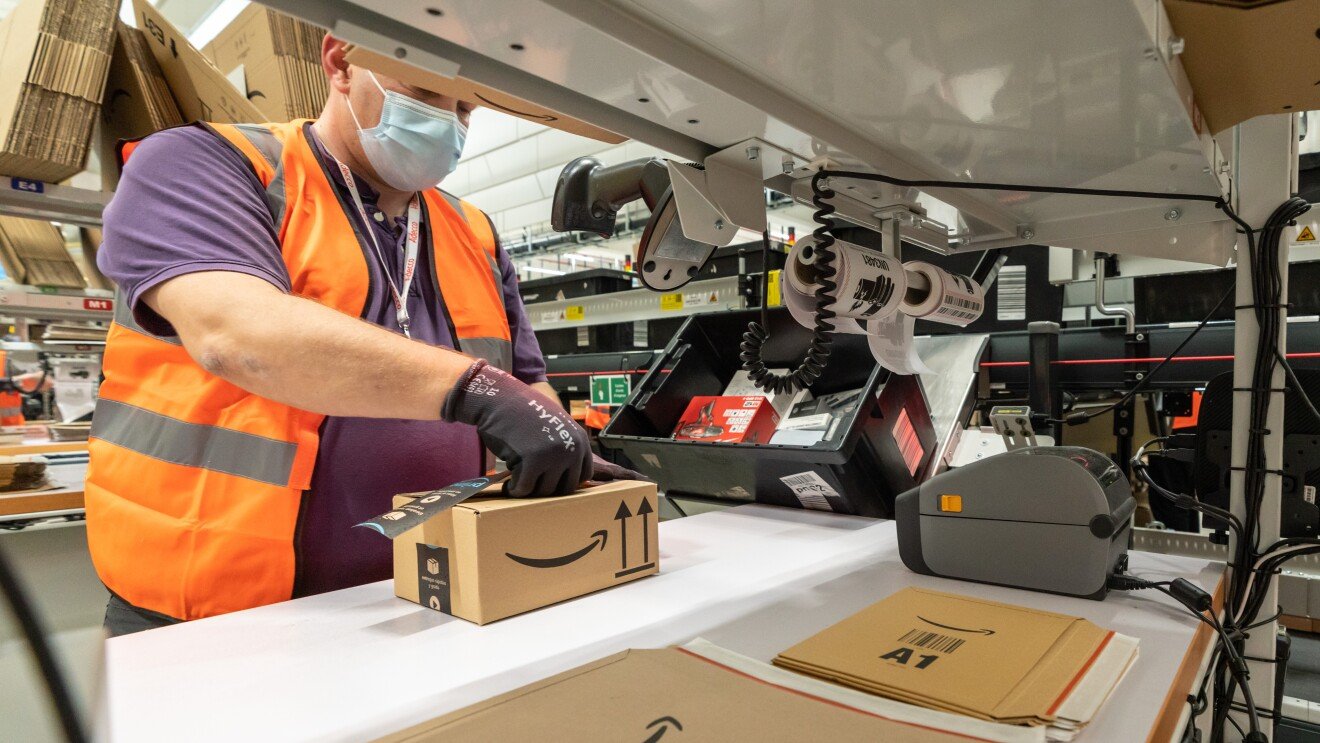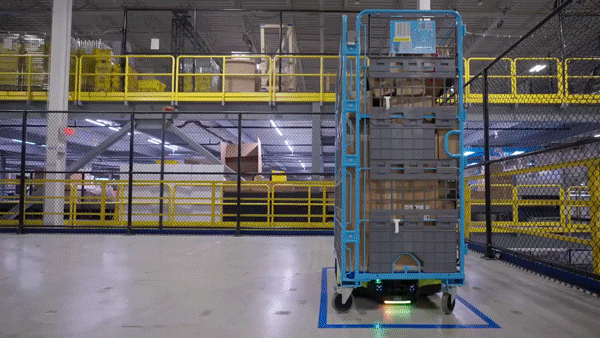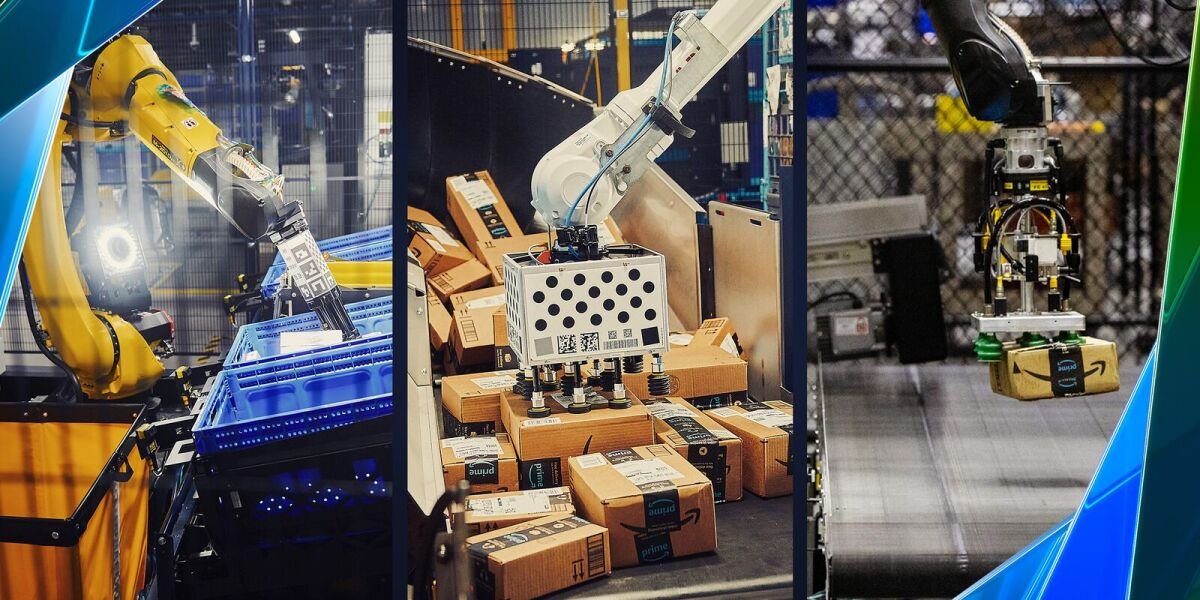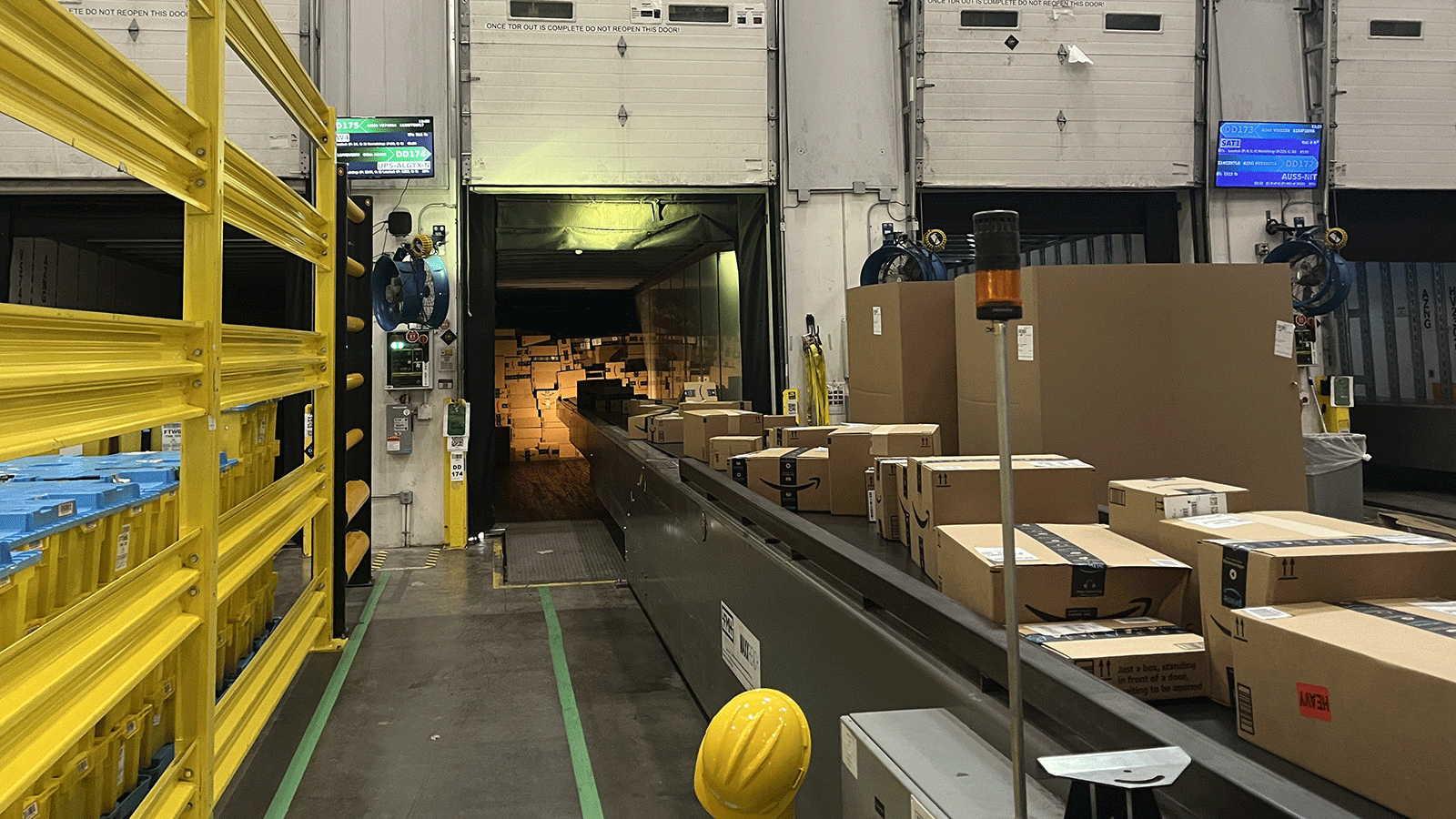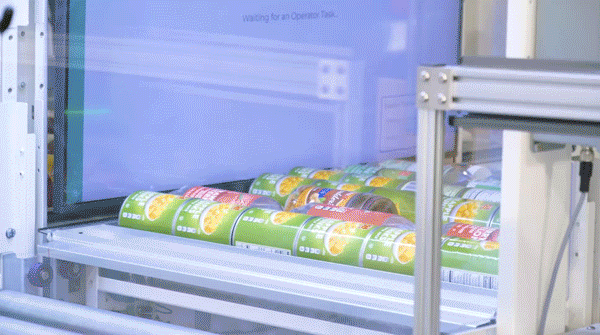Elevating Canada's Economy: The Critical Role of Advanced Automation
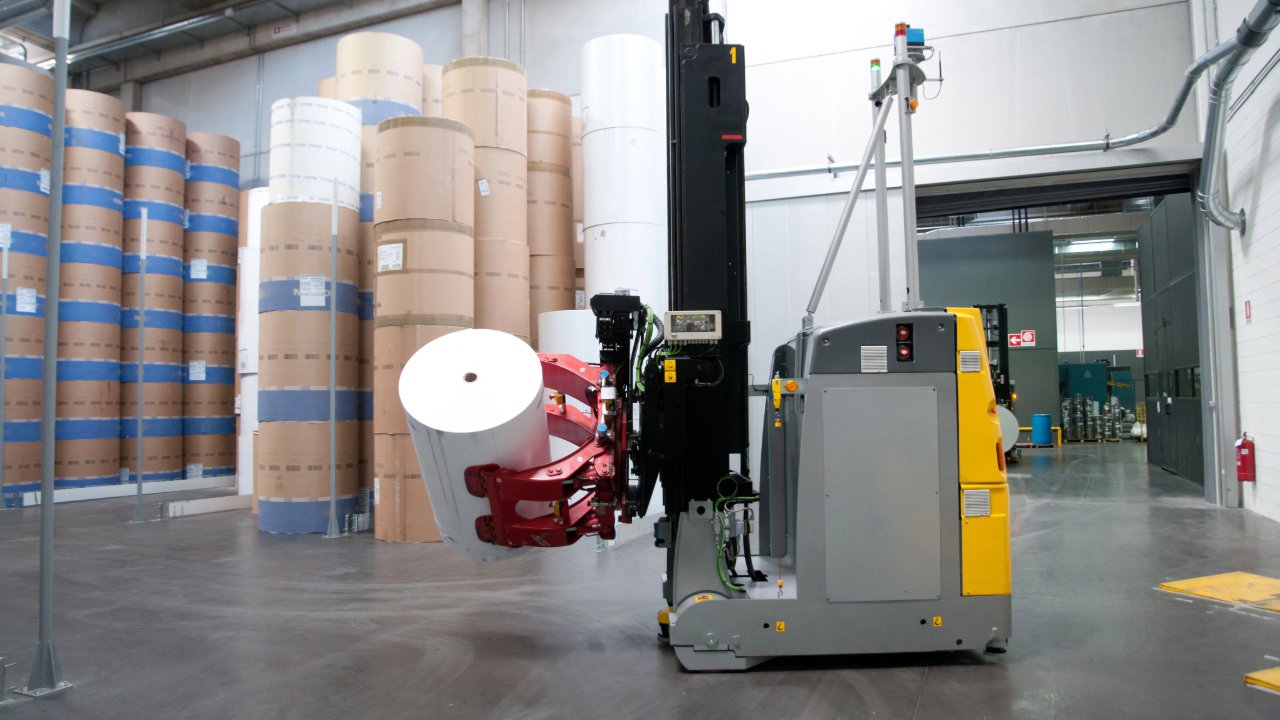
Canada Needs to Ramp-up Automation to Become an Economic Powerhouse
Introduction
In the race of global economies, Canada stands at a crossroads. While known for its rich natural resources and stable political climate, Canada trails behind peers like the United States in one critical area: productivity. Automation, particularly in warehouse and factory operations, presents an unprecedented opportunity to bridge this gap and propel Canada forward.
The State of Canadian Productivity
Canada's productivity levels are modest when stacked against other industrial powers. This isn't just a number; it's a reflection of broader economic impacts that touch every corner of the nation—from GDP growth rates to international competitiveness. The question isn't just about working harder, but smarter, leveraging technology to maximize output.
Challenges in Automation Adoption
Adoption of automation technology faces significant hurdles, prominently from union resistance. For instance, Canadian ports, crucial nodes in the country’s supply chain, rank dismally low in global productivity indexes due to consistent opposition to automation. The Ports of Montreal, Vancouver, and Halifax face severe bottlenecks, impacted by unions fighting against technological upgrades. Additionally, recent legislation like Bill C-58, which restricts the use of temporary workers during work stoppages, further complicates the landscape, giving unions unprecedented leverage to curtail technological adoption.
Success Stories from Around the World
Contrast this with successes seen on the global stage: the Ports of Cartegena, Yokohama, and Singapore have transformed into world leaders in productivity through robust automation. These examples not only highlight the benefits of technological integration but also serve as a blueprint for what Canada could achieve with a strategic focus on automation.
The Role of Warehouse and Factory Automation
The potential of warehouse and factory automation extends beyond ports. Innovations in robotics and automated systems promise to revolutionize Canadian industries by reducing costs, increasing speed, and improving safety. Embracing these technologies could significantly enhance the efficiency of manufacturing and logistics sectors, making them more competitive on the world stage.
Call to Action
The need for modernization is urgent. Canadian industry leaders and policymakers must come together to foster an environment conducive to technological advancement. Encouraging innovation and reducing regulatory barriers will be key to unlocking productivity and setting Canada on a path to becoming an economic powerhouse.
Conclusion
The stakes are high, and the time to act is now. As Canada faces increasing economic pressures and competition from global markets, the adoption of automation across industries is not just beneficial but essential. With a concerted effort to overcome current challenges, Canada can harness the full potential of automation to secure a prosperous future.
